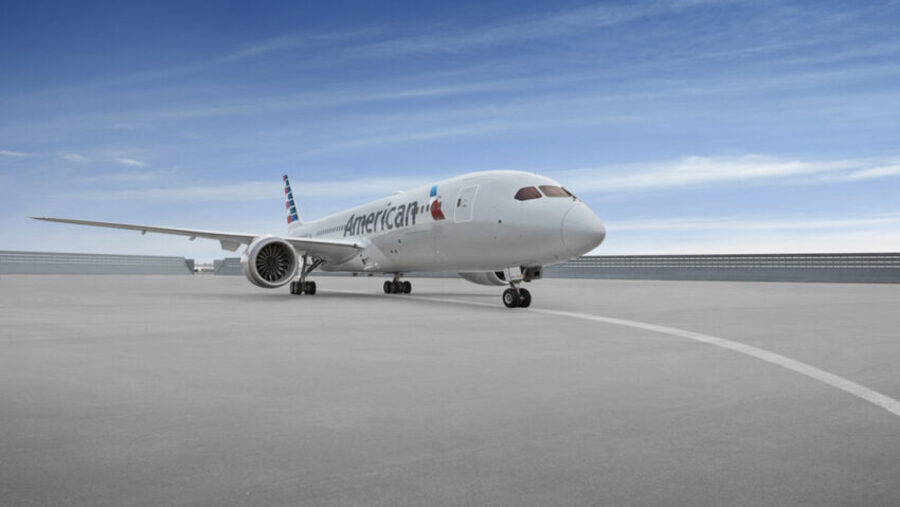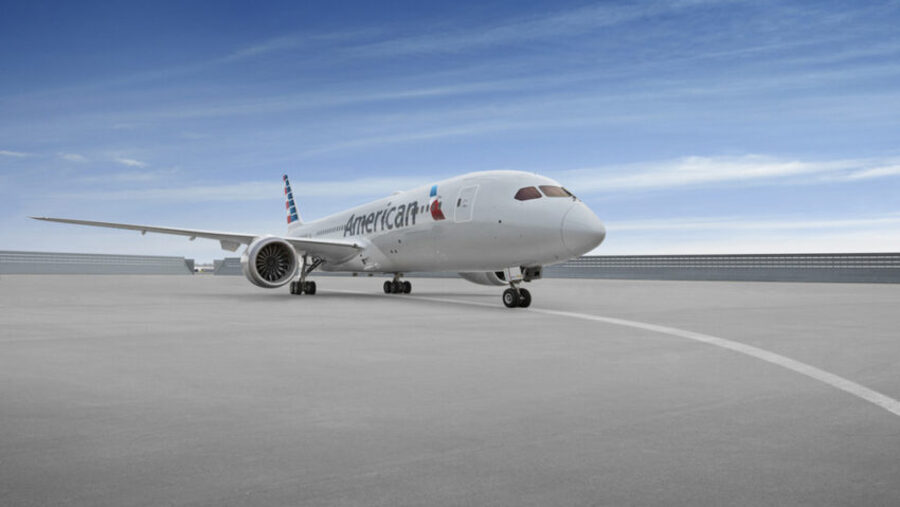American Airlines Suffering from Widespread Technical Glitch in Booking, Sparks US Air Travel Chaos, But United and Delta Have No Issues, Here is an Update - Travel And Tour World
Tuesday, June 3, 2025

Chaos erupted across the US travel system as American Airlines found itself suffering from a widespread technical glitch in its booking platform. As travelers scrambled for answers, the disruption triggered mass confusion at airports nationwide. Meanwhile, Delta and United managed to operate without a hitch, adding fuel to the fire for frustrated American passengers.
But this wasn’t just a minor hiccup. It was a systemwide breakdown that sparked a wave of canceled plans, missed flights, and digital silence where confirmations should’ve been. American Airlines’ booking glitch became the epicenter of air travel chaos, forcing thousands to rethink or reroute in real time.
Now, everyone is asking: what went wrong—and why only American? With Delta and United cruising along smoothly, the mystery deepens. The ripple effects are growing by the hour. Who’s really prepared for a digital collapse in an era driven by tech? Stay with us—this travel storm is just beginning.
In a jarring reminder of the fragility of airline digital systems, American Airlines suffered a widespread booking outage on Monday, June 3, 2025. For several critical hours, travelers across the U.S. found themselves unable to search for flights, manage reservations, or complete bookings. The failure, reportedly linked to a third-party vendor, sparked delays, confusion, and a flurry of online complaints.
The outage began just after 11:00 a.m. EST and severely impacted operations at major hubs, especially Dallas/Fort Worth International Airport (DFW), one of American’s busiest gateways. Flight reservations, customer service functionality, and even some internal tools were frozen as the airline scrambled to identify and resolve the issue.
While planes stayed on schedule, thousands of travelers couldn’t book, modify, or check flight details. The airline’s mobile app and website displayed error messages, leaving passengers in the dark.
Meanwhile, customer support lines were inundated. Hold times exceeded two hours, further compounding frustration as travelers sought updates. With no functioning digital platforms, many turned to third-party apps or travel agents, who also lacked access to live inventory.
Notably, the outage only affected American Airlines. Other major carriers such as Delta, United, and Southwest reported no service disruptions, suggesting the failure stemmed from a vendor specific to American.
Although the airline did not name the source, industry observers pointed toward a potential issue with a third-party software provider. American has a long-standing relationship with Sabre Corporation, known for its SabreSonic Passenger Service System. However, previous outages with Sabre in 2019 affected multiple airlines—unlike this isolated incident.
By mid-afternoon, flight searches and reservation tools gradually returned to functionality. While DownDetector reported a sharp decline in user issues by 3:30 p.m. EST, recovery was not instantaneous. Glitches, lag, and limited access persisted into the evening.
This disruption brings renewed scrutiny to the technology underpinning U.S. airline operations. It also echoes last year’s CrowdStrike-linked meltdown, which stemmed from a flawed security update and triggered a cascade of delays across airports.
In an increasingly digital-first travel ecosystem, even minor outages can cripple operations. Airlines, reliant on cloud platforms, APIs, and automated systems, face rising pressure to modernize without sacrificing stability.
The American Airlines episode will likely fuel urgent reviews across IT departments and vendor networks industry-wide. Planners and travel advisors are being advised to build more redundancy into booking strategies.
Impacted travelers are encouraged to monitor American Airlines’ official channels for updates. While systems are now operational, a ripple effect may impact rebookings, customer support, and ticketing in the days ahead.
Passengers experiencing residual issues may be eligible for fare adjustments or travel credits. Experts recommend documenting attempted transactions, failed logins, and delays to support any refund or compensation requests.
American Airlines will now be under pressure to reassess its vendor dependencies and public communication protocols. Transparency during system failures has become a competitive differentiator in an era where digital convenience is king.
Moreover, this incident underscores the need for dynamic crisis management and multi-channel redundancy. Mobile apps, websites, kiosks, and phone systems must be interlinked and resilient to avoid complete blackouts.
This outage couldn’t come at a more sensitive time. With peak summer travel just beginning, and with airfares still volatile, every lost booking opportunity hits harder. Airlines are banking on strong seasonal performance to stabilize post-pandemic balance sheets.
As a result, any major tech disruption becomes more than an IT concern—it’s a financial and reputational risk. Travel brands are rethinking how they build and maintain digital trust with customers.
In the wake of the American Airlines booking outage, a clear lesson emerges for the broader travel and tourism industry: digital reliability is no longer a backend function—it is core to the customer journey.
Vendors, airlines, and support ecosystems must act with urgency. Resilient infrastructure, better fail-safes, and transparent communications are no longer optional. They are expectations.











